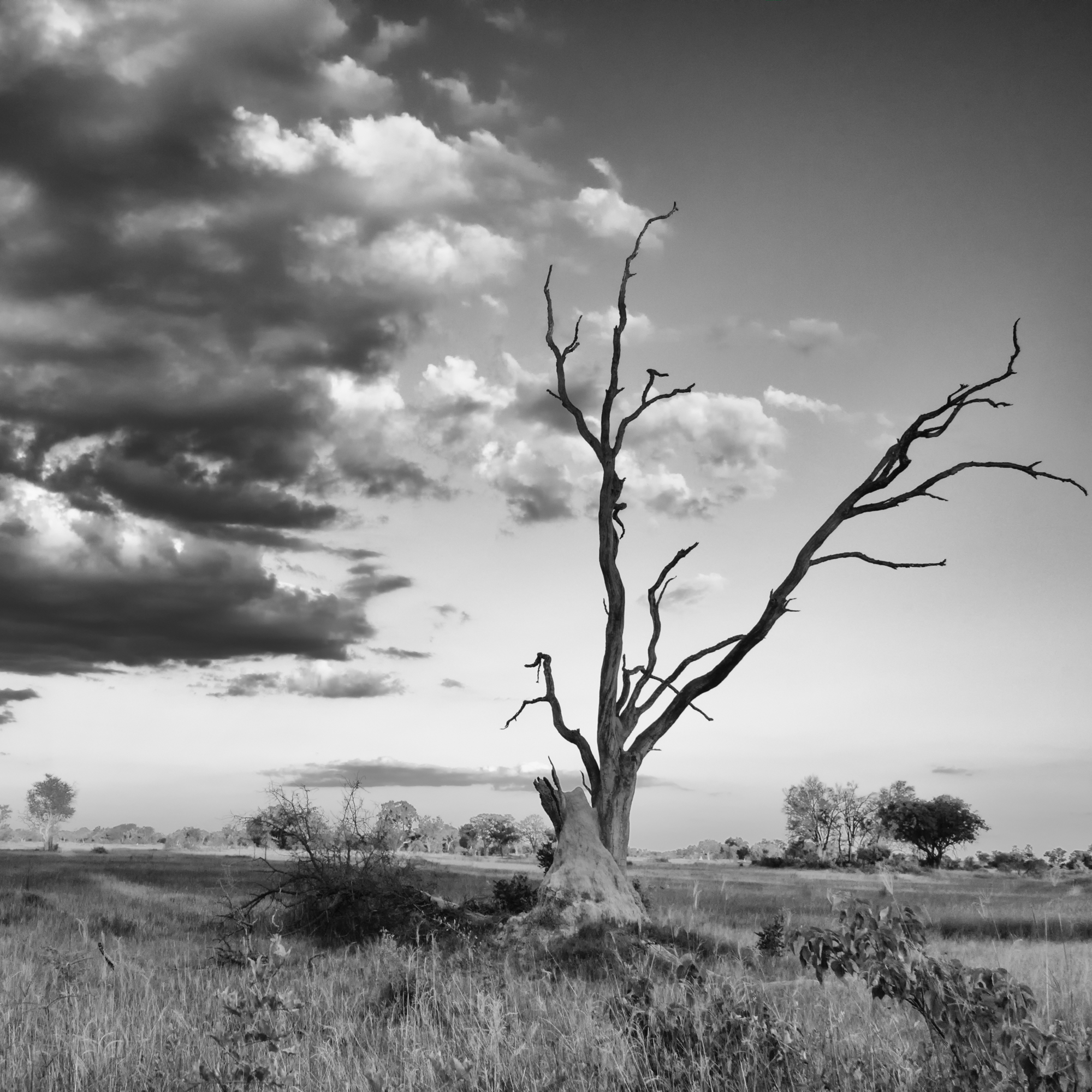
2021-01-27: Wordless Wednesday


Showcasing the beauty of Mother Nature


Continuing on from yesterday, here is another elephant image showing little and large. Take a look at this tiny tike out in the open on the road while Mom and another guardian browse in the bushes. This one was probably still small enough to get tucked under Mom’s belly if needed.
I felt called to work on some elephant images this week, and as soon as I came across a the first photo I thought a selection of images showing little and large would be just right. I can’t even put into words the magic that I feel when spending time amongst elephants, and a breeding herd is extra special, with the lovely bonds and all the extended family pitching in to help look after the little ones.
I was fortunate to have a huge number of elephants sightings on y last trip and have lots of images to choose from. Which is a good thing, because it is still going to be a long while before I’ll be there again.



Wishing everyone a wonderful week ahead.


Here is another image of the leopard that I shared yesterday. Don’t leopards look beautiful in a monochrome image?
I always hesitate a bit about sharing images of predators feeding, as some people (including me) are squeamish, but I don’t find this to be gory or difficult to view, so I hope no one else finds it challenging to look at. Many people say that they want to see a kill while on safari; I never have, though I have arrived at lions feeding very shortly after taking down a pair of impala, and it’s a very hectic experience to witness. In terms of an animal feeding, this was very tame as the carcass was already well picked over and it was high in a tree so there weren’t a lot of smells with it. But it still spooked one of the people in our vehicle, and after a short time there she indicated to our guide that she was ready to move on and that it was getting a bit much for her.
The day previous, she had been quite keen to see a cheetah starting (and then quickly failing) at a hunt. I wonder what would have happened had the cheetah been successful? My thoughts on this are, when heading out in nature, do your best limit your expectations of what you will experience, and what you hope to experience, and even, what you think you will enjoy experiencing.





We spent time viewing these siblings after a rather lengthy search, and couldn’t have found them in a nicer spot, next to a dam in the late afternoon. There was a giraffe watching them wearily from the other side as it awkwardly bent over to get a drink.
The body language here is interesting to me, with the lying down lion obviously not too pleased at the affectionate head bump from the young male. He had obviously been in a few scuffles already, judging by the healed gashes on his flank. One thing I have learned from all the guides I have met, and all the nature programs that I have watched, is life as a lion definitely is not an easy affair. Young males get ousted from a pride; from the small size of his mane, this one still had a bit of time left with his family, though I am sure by now, more than 1 1/2 years on, if he is still alive, he would not be with the pride any longer.
I found a few more images that were similar to do some side by side editing between Lightroom and Capture One Express for raw processing. I continue to be impressed with the colour and detail that Capture One brings out of my Fuji files.


I edited these photos on different days and didn’t cross check to try to make them look the same, but just to bring out the best in them. I think the colour rendering is nicer on the Capture One version as it has less of a magenta cast, and generally it feels to me a bit richer with more depth.




Because I need to keep the file sizes manageable for the webpage, some of the differences that I see when looking at the images within the editing programs doesn’t reflect in the versions I post online, but, I think these give a good example of what I am experiencing with this new (to me ) software.
Have a great week everyone!
